When it comes to something as simple as keeping a door open or preventing it from slamming shut, not all door stoppers are created equal. Two of the most common types — magnetic door stoppers and mechanical door stoppers — may look similar at first glance, but they work in entirely different ways. Each has its strengths, ideal use cases, and unique design considerations that can influence which one fits best in your home, office, or industrial space. Let's take a closer look at how these two compare.
1. How They Work: Mechanism and Function
A mechanical door stopper relies on physical resistance. It's the traditional type most people are familiar with — a rubber wedge, a spring-mounted stop, or a fixed metal catch that prevents the door from swinging too far. These are simple, durable, and cost-effective. You'll often see them in high-traffic areas, like schools, warehouses, and older residential buildings.
On the other hand, a magnetic door stopper uses magnetism to hold the door in place. It typically includes two parts: a magnetized plate attached to the wall or floor and a metal or magnetic counterpart mounted on the door itself. When the door swings open, the magnetic force pulls the two parts together, keeping the door securely in position until you gently release it.
Unlike mechanical stoppers that rely on friction, magnetic models provide a smoother, quieter operation — no loud clangs or scraping sounds when the door hits the stop.
2. Design and Aesthetic Appeal
The aesthetic factor often becomes the deciding point for homeowners and interior designers. Mechanical door stoppers, while practical, can appear bulky or outdated. They're mostly visible fixtures that serve a purely functional purpose.
Magnetic door stoppers, however, tend to have a sleeker, more modern look. Many models come in brushed stainless steel, matte black, or chrome finishes that complement contemporary interiors. They can be installed either on the floor or on the wall, depending on your preference and door structure.
3. Durability and Maintenance
Durability often depends on materials and installation rather than just the type of stopper. Mechanical door stoppers are usually made of metal alloys or stainless steel with rubber tips. Over time, the rubber can wear out, especially in high-use environments, requiring replacement to maintain door protection.
Magnetic door stoppers, in contrast, have fewer moving parts. The magnets are usually encased to prevent corrosion, and since there's little physical friction involved, wear and tear are minimal. However, their performance can decline if the magnetic surfaces collect dust or debris, so occasional cleaning is essential.
If you're in a humid environment — for instance, near coastal areas or in bathrooms — stainless-steel magnetic models with anti-rust coatings offer better long-term reliability.
4. Installation and Adjustability
Both types are relatively easy to install, but mechanical stoppers often require drilling into the floor or wall to create a fixed anchor point. That means more precise placement — once installed, adjustments can be tricky.
Magnetic door stoppers, meanwhile, provide more flexibility. Many modern versions come with adhesive backing or simple screw mounts, allowing quick installation without heavy tools. Some adjustable models even let you modify the magnetic force or reposition the mount, making them ideal for renters or spaces where permanent installation isn't an option.
For commercial projects or hotel renovations, where dozens of door stops may need to be installed, magnetic options can save considerable time and effort.
5. Safety and Noise Reduction
In terms of safety, magnetic door stoppers offer a clear advantage. Since they rely on a gentle magnetic hold rather than physical impact, they're ideal for environments with children or elderly occupants. There's no sharp edge or heavy resistance that could cause finger injuries.
Mechanical stoppers, especially spring-loaded ones, can sometimes snap back if the door is released too quickly. Still, for heavy industrial doors or fire-rated doors, mechanical stoppers remain the go-to solution due to their strength and reliability under pressure.
Noise-wise, the magnetic option wins again. In quiet settings like offices, hospitals, or hotels, the soft “click” of a magnet engaging is far preferable to the metallic clang of a spring stop.
6. Cost and Value
At first glance, mechanical door stoppers are more affordable. A basic rubber wedge costs just a few dollars, while premium stainless-steel models may range from $10 to $20.
Magnetic door stoppers, however, tend to cost slightly more — usually between $15 and $30 per unit, depending on design and brand. Yet many buyers find the additional cost worthwhile for the added convenience, quieter operation, and modern appearance.
In long-term value, the magnetic design often wins because of its lower maintenance and longer lifespan.
Conclusion
Choosing between a magnetic door stopper and a mechanical door stopper ultimately comes down to your priorities. If you value simplicity, ruggedness, and low cost, a mechanical stopper will serve you well. But if you prefer a modern, noise-free, and aesthetically pleasing solution, a magnetic door stopper offers a clear upgrade.
For homes, hotels, or offices looking to combine functionality with style, the magnetic option is fast becoming the preferred choice. Whether you're working with an interior designer or a door hardware manufacturer, it's worth exploring both types before making your decision — because the right door stopper can subtly elevate both the practicality and polish of your space.



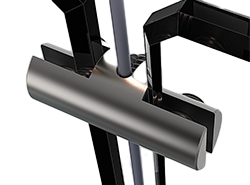
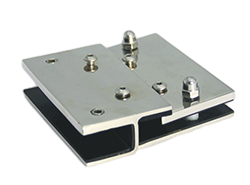
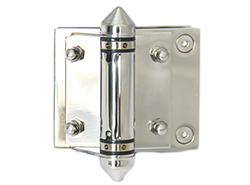
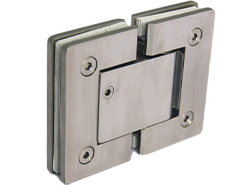
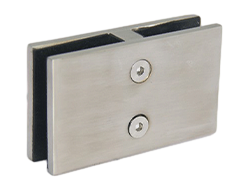
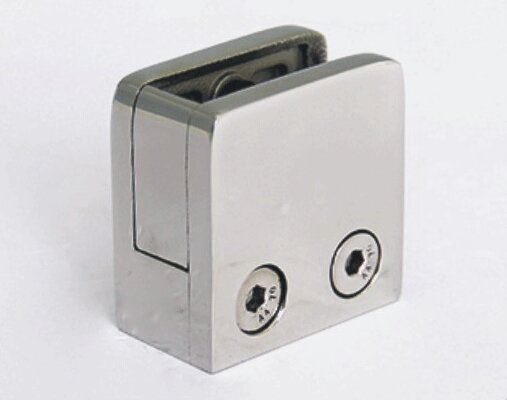
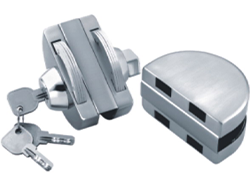

_31221.png)